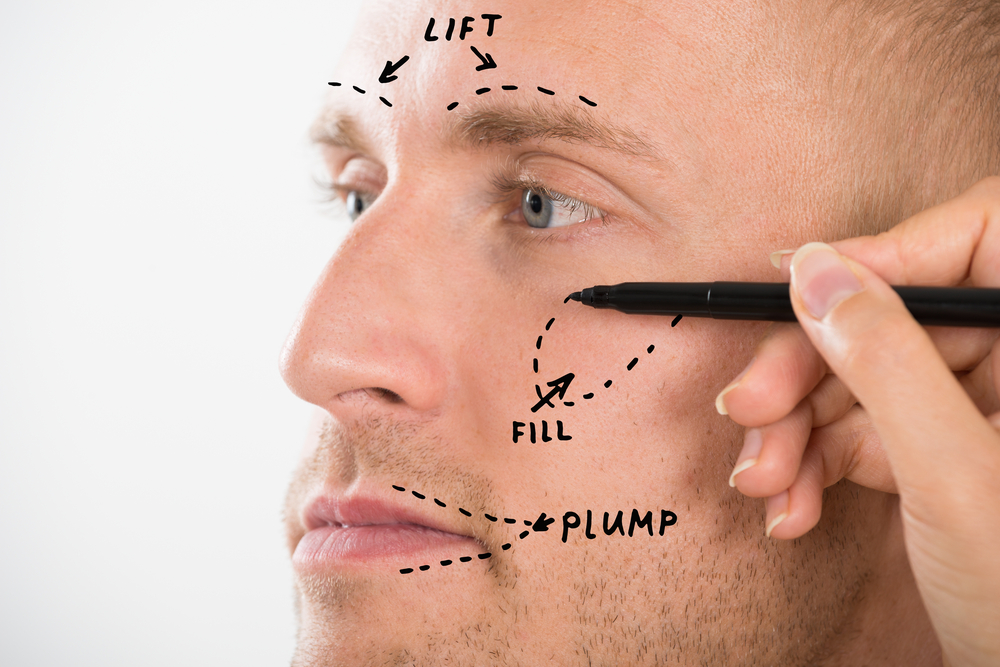A face lift is an operation designed to give patients a more youthful appearance by repositioning and enhancing the skin, rather than removing excess skin completely. We will be looking at recovery after a facelift, from immediately after the operation to a month afterwards. If you are considering this procedure, understanding the process of recovery after a facelift is important to help you visualise what the process might look like.
Recovery After A Facelift – Week 1
After your facelift, you will most likely be back on the ward around an hour of the operation, in which you will be encouraged to eat, drink and begin to move around. At this point, a few hours post-operation, you can expect to experience tiredness, discomfort, bruising and swelling. Additionally, numbness around your face and neck is expected, which can take a few weeks or even months to reappear.
Throughout the first week, you will notice the skin around the face and neck will feel more tight than usual which is normal and this should subside within a week or so when the bruising and swelling settles slightly.
If all is well, you should be discharged from hospital 1-2 days after the facelift and you will need to be picked up from the hospital. You will also need to make some arrangements for help at home, especially support for your first few days after being discharged. Make sure you have plenty of rest to let your body recuperate.
You must avoid contact with the hair and face as much as possible and you shouldn’t drive or exercise for a number of weeks, which will be decided by your surgeon.
Recovery After A Facelift – Week 2
In week 2 of recovery, you will be seen in the dressings clinic in order to make sure that everything is healing well. If any changes need to be made in terms of your care, they can be established. At this point, you still need to be very careful to avoid contact with the hair and face to avoid infection or damage to the wounds.
Although you will still experience some swelling and bruising, it will start to ease. You might be ready to do some very light exercise, such as short walks, although this will be discussed when you visit the dressings clinic.
Recovery After A Facelift – Weeks 3 and 4
Depending on how you are healing, you are likely to have your stitches removed at some point during weeks 3 and 4. You should start to feel more like yourself, bruising and swelling will have reduced further and overall you should feel better. It is normal for swelling and bruising to be present and you won’t be able to truly see the results of the procedure just yet.
You will notice redness where the incisions were made. Recovery after a facelift in terms of scarring can differ, although they should fade over time. Your surgeon may allow you to resume more normal exercising and general activities.
Recovery After A Facelift – One Month After
One month after the surgery, you should begin to see the results of the procedure. Swelling and bruising is a natural part of recovery after a facelift, so it is going to take a while for these to disappear completely. Yet, at this point the new contour of the face may be seen. You will be able to start enjoying your everyday life with your new look.
Final Thoughts
Recovery after a facelift differs between patients and the timeframes above are just rough guidelines. If you ever are concerned that something isn’t quite right, it is important that you contact your surgeon.
To find out more information about the procedure, feel free to visit our face lift page. You can also get in touch through our contact page to speak to one of our Patient Care Advisors, to book an appointment or to simply find out more.




